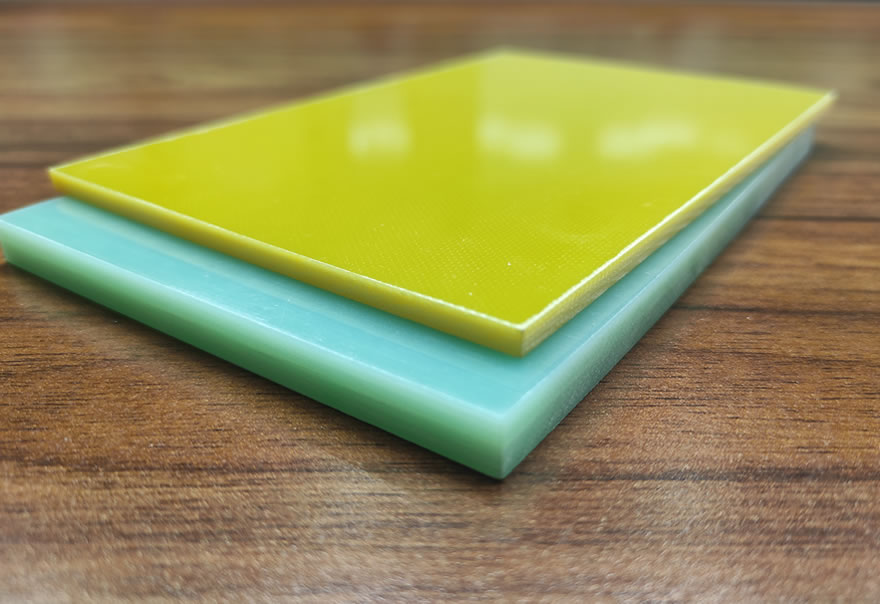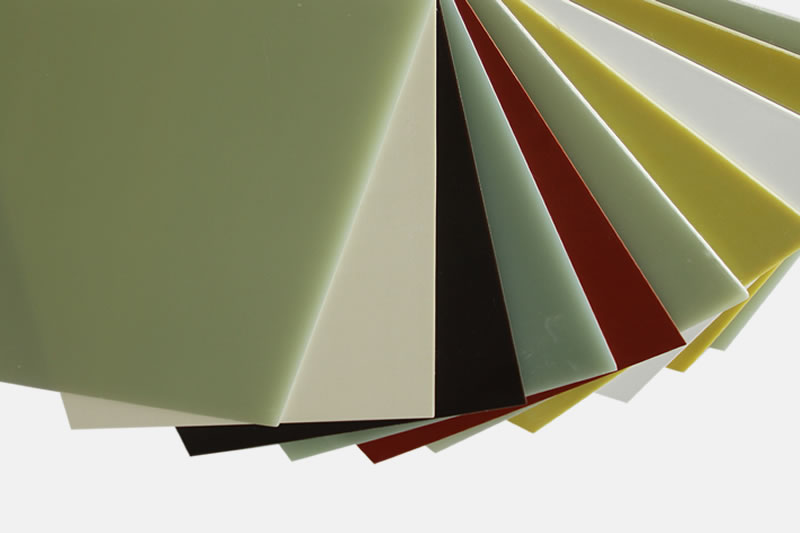Electrical performance Insulation resistance and resistivity Insulation resistance: refers to the ability of an obj...
Insulation resistance: refers to the ability of an object to withstand voltage breakdown and conduction. Unit: Ohm, symbol Ω.
Resistivity: a physical quantity used to represent the resistance characteristics of various substances, determined by the material of the conductor, and the unit is Ω·m.
(The less conductive the material, the greater its resistance, and the two are in an inverse relationship)

Breakdown voltage: Under a strong electric field, the insulating material is destroyed and loses its insulation properties to become conductive, which is called breakdown. The voltage at the time of breakdown is called breakdown voltage
Dielectric strength: Under specified test conditions, the quotient of the breakdown voltage and the distance between the two electrodes where the voltage is applied, the unit is KV/mm or MV/m
Electrical strength: It is the maximum breakdown voltage per unit thickness when the voltage at the time of breakdown occurs under specified conditions.
(For insulating materials, the higher the breakdown voltage and electrical strength, the better)

Dielectric loss: refers to the energy loss caused by the dielectric material under the action of the electric field due to the hysteresis effect of dielectric conductivity and dielectric polarization.
Also called dielectric loss, referred to as dielectric loss.
Dielectric loss factor: refers to the parameter that measures the degree of dielectric loss.
Dielectric loss tangent: refers to the energy consumed by the dielectric to convert electrical energy into thermal energy (in the form of heat) per unit volume per unit time.
A physical quantity that characterizes the dielectric loss of dielectric materials after an electric field is applied, expressed as tanδ, where δ is the dielectric loss angle. In high-frequency and high-voltage applications,
In order to reduce dielectric loss, insulating materials with small dielectric loss tangent must be used. For example, copper-clad laminates in 5G applications
Relative dielectric constant: A physical parameter that characterizes the dielectric properties or polarization properties of dielectric materials
. Its value is equal to the ratio of the capacitance of the same size capacitor made of the predicted material as the medium to the capacitance of the same size capacitor made of the vacuum as the medium. This value is also a representation of the material’s ability to store electricity, indicating the amount of static energy stored per unit volume in a unit electric field. The lower the relative dielectric constant of the insulating material, the less induced charge the material generates, the less interference it has on the electric field of the electrical appliance, or the better the insulation.

Tracking Index (PTI): The voltage withstand value at which the material surface can withstand 50 drops of electrolyte without forming a tracking trace. Unit: V.
(Tracking trace: Under specified test conditions, the conductive path gradually formed on the surface of solid insulating materials under the combined action of electric field and electrolyte)
Comparative Tracking Index (CTI): The highest voltage value at which the material surface can withstand 50 drops of electrolyte without forming a tracking trace. Unit: V.
Arc resistance: Under specified conditions, the ability of insulating materials to withstand arcing along their surface; during the test, AC high voltage and low current are used, and the arcing action generated by high voltage between two electrodes is used to determine the arc resistance of the insulating material. The longer the time value, the better the arc resistance.
The ability of insulating materials to resist burning when in contact with flames or to prevent continued burning when leaving flames; with the increasing application of insulating materials, the requirements for their flame resistance are becoming more important. People use various means to improve and enhance the flame resistance of insulating materials; the higher the flame resistance, the better its safety.
Classification by flame retardant properties
UL94 grade is the most widely used flammability performance standard for plastic materials. It is used to evaluate the ability of materials to extinguish after being ignited
According to UL standards (UL94, UL746E, etc.), the flame retardancy level of materials is divided into four different flame retardant levels
1.UL-94 V0 grade flame retardant board After two 10-second combustion tests on the sample, the flame goes out within 10 seconds. No burning objects can fall.
2.UL-94 V1 grade After two 10-second combustion tests on the sample, the flame goes out within 30 seconds. No burning objects can fall.
3. UL-94 V2 grade After two 10-second combustion tests on the sample, the flame goes out within 30 seconds. Burning objects may fall off.
4. UL-94 HB grade Non-flame retardant board combustion test, flammable.
If you are interested in our products,, please send us a message and we will contact you as soon as we receive it. Email: info@ztaero.com whatsApp: +8616650273778